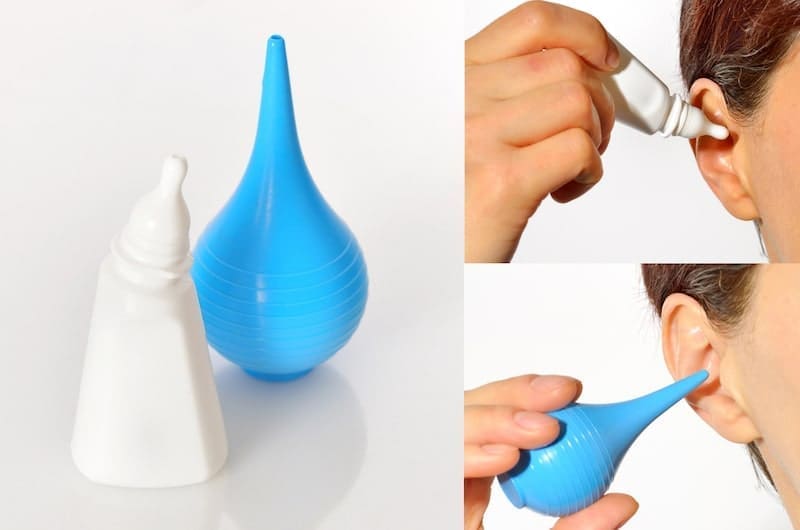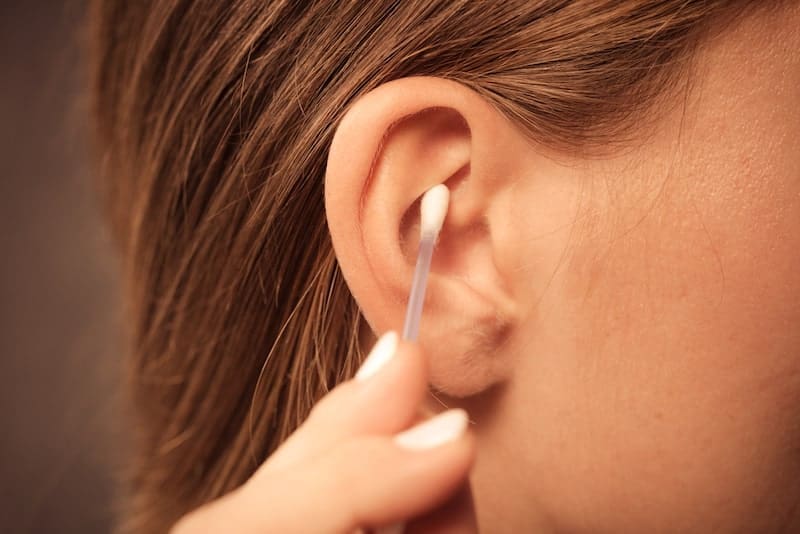Keeping your ears clean is essential for maintaining good hearing and overall ear health. In this full guide, you’ll learn about the safest and most effective methods for ear cleaning, what to avoid, and the signs that indicate it’s time to consult a professional. Say goodbye to discomfort and hello to clearer, healthier ears with our expert tips.
Safe Cleaning Methods
Understanding safe cleaning methods is crucial for maintaining ear health and preventing potential damage. The ear is a delicate and intricate part of the body, with the ear canal and eardrum being particularly sensitive. One mistake can cause you pain and discomfort that may lead to more serious problems. Using improper techniques or tools, such as cotton swabs, can push earwax further into the ear canal or even cause injury.
Moreover, excessive cleaning can strip the ear of its natural wax, which serves as a protective barrier against dust, bacteria, and other foreign particles. By knowing and applying safe cleaning practices, such as using ear drops or seeking professional cleaning, you can effectively manage ear hygiene without risking harm. It’s also essential to recognize when professional intervention is needed, such as in cases of persistent discomfort, hearing loss, or signs of infection, ensuring timely and appropriate treatment.
Risks of Improper Cleaning
Understanding the risks of improper ear cleaning is paramount to preventing serious complications and maintaining ear health. Improper techniques such as using cotton swabs or inserting objects into the ear can push earwax deeper, potentially causing blockages, pain, or even perforating the eardrum. Over-cleaning can strip the ear of its natural protective wax, increasing the risk of infections.
Awareness of these risks emphasizes the need for safe methods like ear drops or seeking professional help. Recognizing symptoms that require professional attention, like persistent discomfort, hearing loss, or signs of infection, ensures timely intervention and keeps your ears healthy. Safeguarding your ear’s health is not just about cleaning but knowing how and when to do it properly.
Ear Anatomy
Even though they’re small, ears are complex organs that require specialized care. Understanding its anatomy is crucial to understanding its cleaning process and promoting overall ear health. Here are the parts:
- Pinna (Auricle)
- Ear canal (External auditory canal)
- Eardrum (Tympanic membrane)
- Ossicles (malleus, incus, stapes)
- Eustachian tube
- Cochlea
- Vestibule
- Semicircular canals
- Auditory nerve
- Hair cells
Understanding ear anatomy helps identify the delicate structures that can be easily damaged by improper cleaning methods. Knowledge of the ear’s components, such as the ear canal and eardrum, informs safer practices, reducing the risk of injury and preventing complications like infections or hearing loss. This awareness ultimately promotes better ear health and hygiene.
Earwax
Earwax, or cerumen, is a natural substance produced by glands in the ear canal that serves several protective functions. It traps dust, debris, and microorganisms, preventing them from reaching and damaging deeper ear structures. Earwax also has antibacterial properties that help guard against infections.
Knowing that earwax is a natural barrier underscores the importance of not over-cleaning or using invasive methods that can disrupt the wax balance. Recognizing the difference between normal earwax and excessive buildup ensures timely intervention before discomfort or hearing loss occurs. Proper knowledge about earwax aids in adopting safer practices, and safeguarding the ear’s delicate structures.
Symptoms of Excess Earwax
Understanding these symptoms helps in identifying when your ears need cleaning or professional care. Ones such as earache, a feeling of fullness in the ear, partial hearing loss, tinnitus (ringing in the ear), and dizziness can indicate a buildup of earwax. Recognizing these signs allows for timely and appropriate action to alleviate discomfort and prevent further complications.
It is crucial to know that while minor earwax buildup can often be managed at home with safe methods like ear drops, severe cases should be addressed by a healthcare professional to avoid damaging the delicate structures of the ear. Awareness of these symptoms ensures proactive ear care and helps maintain optimal ear health and hygiene.
When to Seek Professional Help
Recognizing when to seek professional help is vital for safe ear cleaning. Professional intervention ensures that earwax buildup or other issues are managed without risking damage to the sensitive structures within the ear. Persistent symptoms, such as earache, hearing loss, or signs of infection like discharge and severe pain, should prompt a visit to a healthcare provider.
Professionals use specialized tools and techniques to effectively and safely remove earwax, minimizing the risk of complications. Understanding the limits of at-home care and the significance of professional aid helps maintain optimal ear health, preventing the escalation of minor issues into serious conditions.

By understanding the importance of safe ear-cleaning methods and recognizing when to seek professional help, you can maintain optimal ear health. Adopting the right practices ensures that your ears remain free from discomfort, blockages, and infections. Remember, your ears are delicate, and taking care of them is essential for clear and healthy hearing.


